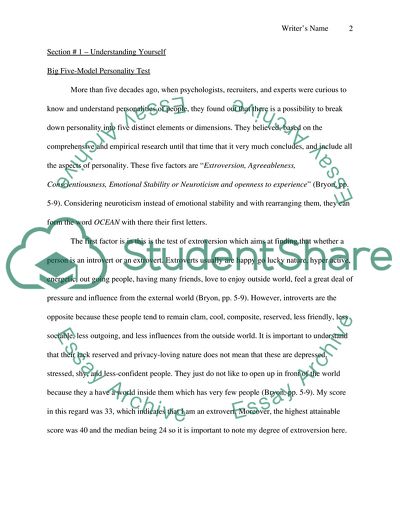Cite this document
(Individual Personality Profile Personal Statement, n.d.)
Individual Personality Profile Personal Statement. https://studentshare.org/psychology/1733917-mngmt
Individual Personality Profile Personal Statement. https://studentshare.org/psychology/1733917-mngmt
(Individual Personality Profile Personal Statement)
Individual Personality Profile Personal Statement. https://studentshare.org/psychology/1733917-mngmt.
Individual Personality Profile Personal Statement. https://studentshare.org/psychology/1733917-mngmt.
“Individual Personality Profile Personal Statement”. https://studentshare.org/psychology/1733917-mngmt.


